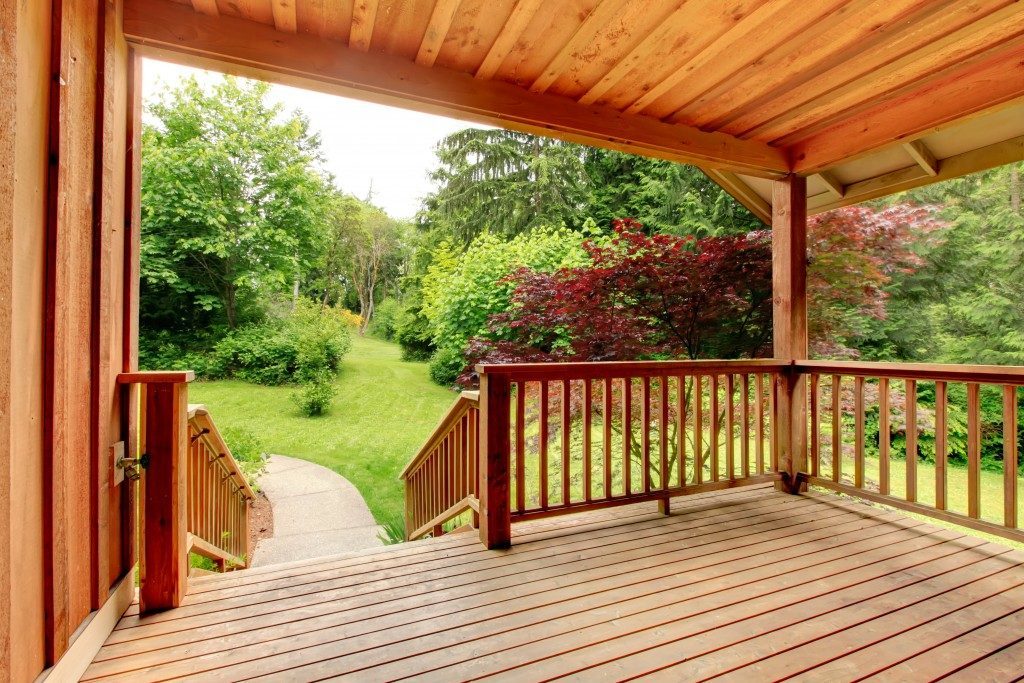One of the leading causes of mortality in the United States is sudden unexpected death (SUD). People with heart disease, hypertension, or diabetes are at a higher risk for experiencing this type of cardiac death. Public health officials are finding new ways to reduce this health concern.
Research suggests a strong link between green spaces and SUD. A healthy environment means a healthier heart. This discovery urges both commercial and residential property owners to turn to nationwide landscape companies to increase the amount of greenery in a particular neighborhood or community.
Green Space and SUD
One study conducted a spatial analysis. The researchers compared patterns of SUD in the area with greenspace metrics like percent forest and diversity of tree canopy. They determined that SUD incidence had an inverse relationship with greenway density and percent forest. Essentially, green spaces contributed to better heart health.
Another research found residents of green neighborhoods had lower levels of epinephrine and F2-isoprostane than those in other neighborhoods. These are indications of decreased levels of stress. Residents of these areas were also found with an improved ability to maintain healthy blood vessels. The researchers of the study controlled other factors like age, sex, poverty, and traffic pollution so greenness would be the only causal factor for differences in health.
The implications of these studies are far-reaching. Frequent interactions with nature can reduce the risk of heart disease and decrease related mortality rates.
Reason for Effect
Why can nature have this effect on health?
The level of physical activity may be influenced by the urban environment. Green spaces with parks, for instance, are opportunities for people to engage in various types of activities. This could include outdoor workouts, jogging, and running. These are beneficial to health and could reduce the incidence of heart problems. In addition, green spaces can be used as a therapeutic space for rehabilitative exercise. People with coronary artery disease have been able to lower their risk for diseases like type 2 diabetes mellitus by being exposed to those spaces.

Trees and shrubs also improve the air quality in an area. They have the ability to reduce the level of toxins, smoke, dust, and pollutants from the air. They provide fresh air and can serve as a refuge, especially if the surrounding community has increased levels of traffic pollution. This way, exposure to green spaces can improve respiratory functions.
Green spaces can serve as a barrier from stressful environmental features like displeasing structures and traffic noises in the modern age. They can be restorative and have the ability to temporarily disrupt negative thoughts and feelings.
Greenery can also create feelings of social cohesion as they facilitate interaction with neighbors and other community members. Social belonging is associated with increased feelings of health and wellbeing.
Scientific research has found evidence of the direct links between human health and the natural environment. Simple exposure to nature can reduce stress levels and lower the risk for developing heart disease. This knowledge is urging local communities and businesses to put greater attention and effort into improving their landscape.

